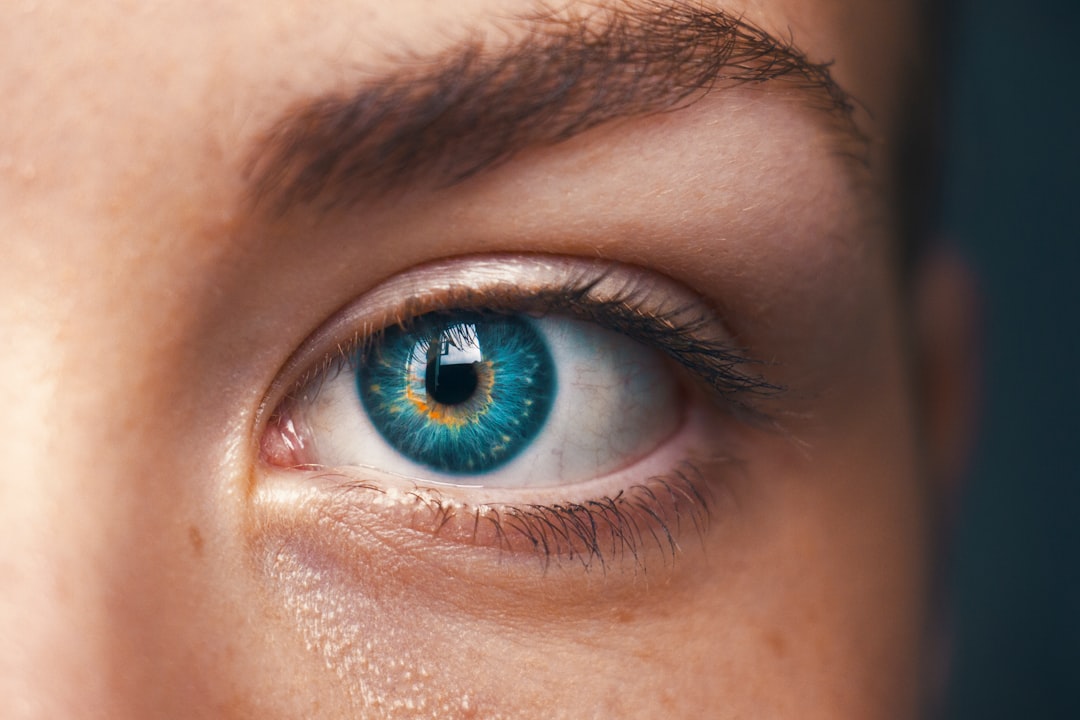- De-Bug
- Posts
- A Beginner's Guide to Computer Vision
A Beginner's Guide to Computer Vision
Seeing the World Through Machines' Eyes

Imagine a machine that can "see" and interpret the world around it, just like we do. That's the magic of computer vision, a powerful field of AI that allows computers to analyze and understand visual information.
Seeing Beyond Pixels: How Does Computer Vision Work?
Unlike humans, computers don't see the world in the same way. We perceive a rich tapestry of colors and shapes, while computers see digital images as grids of pixels. Computer vision algorithms take these pixels and use complex mathematical models to extract meaning from the image.
Convolutional Neural Networks (CNNs): The Brains Behind Computer Vision
A key player in computer vision is a type of artificial neural network called a Convolutional Neural Network (CNN). Inspired by the structure of the human brain, CNNs are trained on massive datasets of images and labels. By analyzing millions of images, CNNs learn to identify patterns and features within the data. For example, a CNN trained on countless pictures of cats can learn to distinguish a cat from a dog in a photo.
Seeing is Believing: Applications of Computer Vision
Computer vision has a wide range of applications that are transforming our world. Here are a few examples:
Facial Recognition: Unlocking your phone with a selfie or tagging friends in photos – these tasks rely on facial recognition technology powered by computer vision. CNNs can analyze facial features and match them to pre-stored data, enabling identification and verification.
Self-Driving Cars: Imagine a car that can "see" the road and its surroundings. Self-driving cars use computer vision to detect objects like pedestrians, vehicles, and traffic signals. By analyzing visual data in real-time, computer vision helps self-driving cars navigate safely and avoid obstacles.
Medical Imaging Analysis: In healthcare, computer vision algorithms can assist doctors by analyzing medical scans like X-rays and mammograms. By detecting patterns and abnormalities within the images, computer vision can aid in early diagnosis and treatment planning.
The Future of Computer Vision
Computer vision is a rapidly evolving field with the potential to revolutionize even more aspects of our lives. From improving security systems to enhancing human-computer interaction, the ability of machines to "see" is shaping the future of technology.
Deepen Your AI Understanding with De-Bug!
Curious to explore more? Stay tuned for upcoming newsletters where we dive into practical AI applications. We break down complex concepts into relatable examples and deliver them straight to your inbox.
Join us and become an AI insider, equipped to navigate this ever-evolving field!
Join the conversation